The aesthetic dimension of the showcase…
We have spent many years arranging our shop window as the natural showcase for the collections that change from season to season inside the store. It is a sort of metaphysical space in which to display and show off the spectacular nature of certain apparel, and especially our own fanciful interpretation of these items. There is no way for us to be sure that the general feelings and ideas we have about the collections are conveyed in the best possible way, on the other hand, the designers themselves often leave out or simply refuse to express the possible connotations of their collections.
So that’s how it is, an entirely arbitrary composition that takes over the main window of the store each week, as well as the less imposing side windows and interior cases!
It is a general image that employs a precise aesthetic lesson provided by that singular and indefinable concept of beauty known as wabi-sabi; something that different forms of the so-called Japanese school expertly make use of in clothing. Greatly simplifying, we might say that wabi-sabi is the opposite of all that which in aesthetic terms we call ‘luxury’. Luxury is glitter, flashy and smacks of something new and artificial, it is easy to reproduce and make widely available; it has a simple and explicit message. The beauty of wabi-sabi remains open in every sense to the changing times, trends and events, making it impracticable, if not impossible, to replicate. In the words of Leonard Koren:
It is the beauty of things imperfect,
impermanent, and incomplete.
It is the beauty of things modest and humble.
It is the beauty of things unconventional.
Yohji Yamamoto, long train dress in organic cotton serge, flared shape, slit neck with pointed stand up top edge, front joke detail, sleeveless, horizontally cut at rear, tiered hem, row cut edges
Katrien Van Hecke, dress in hand dyed silk crepe, print realized with airbrush and natural colours come from spices and herbs, round neck, center gathering folds, short sleeves, rear zip fastening, slightly flared shape, knee length
Vlas Blomme, reversible jacket, one side in shiny linen and silk and melange linen on reverse, garment washed, notched collar, front button fastening, welt chest pocket, two front flap pockets, long sleeves with slit at the hem, small vent at back
Katrien Van Hecke, oversize bomber jacket in hand dye silk crepe, print realized with airbrush and natural colours come from spices and herbs, front zip fastening, collar and hem band in knit ribbed hemp blend, slanted welt pockets, silk lining
Rick Owens, long top in rayon and silk fine jersey, front draped at one side, straight shape, loose fit, rounded v neck, dropped shoulder, short sleeves, asymmetric front hem
Trippen, ballerina in vegetable-tanned calf leather, wax finish treated, fold detail on the vamp, two cups rubber outsole
Cauliflower-Issey Miyake, stretch honey comb pleated top in multicolor mosaic pattern printed, low round neck, dropped shoulder
Deux Dans Umi, asymmetric dress in polyester and viscose jersey, irregular curved cuts patterned with draped and embossed effect, asymmetric neck line, front slanted slit detail, sleeveless, row cut edges, shorter at the back
Vlas Blomme, melange linen with bar stripe back, wide fit, shawl collar, dropped shoulder, long tapered sleeves, no fastening, upside down wearable with longer effect
Bao Bao-Issey Miyake, tote bag in multicolor flexible glossy PVC triangles, black adjustable handle, interior zipped pocket; length: 34cm, height: 34cm, handle: 38cm
Photographs by Sari Milan
Read More

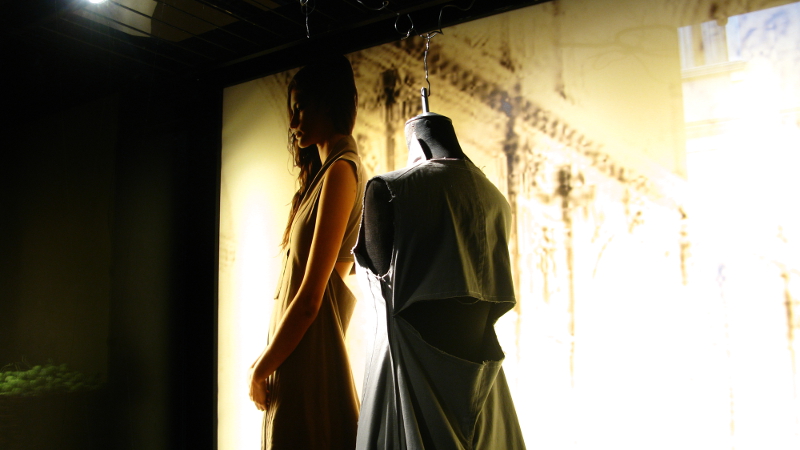
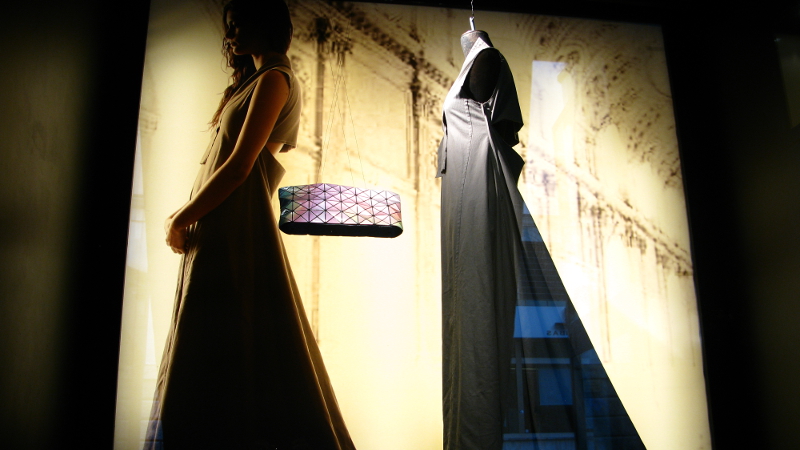
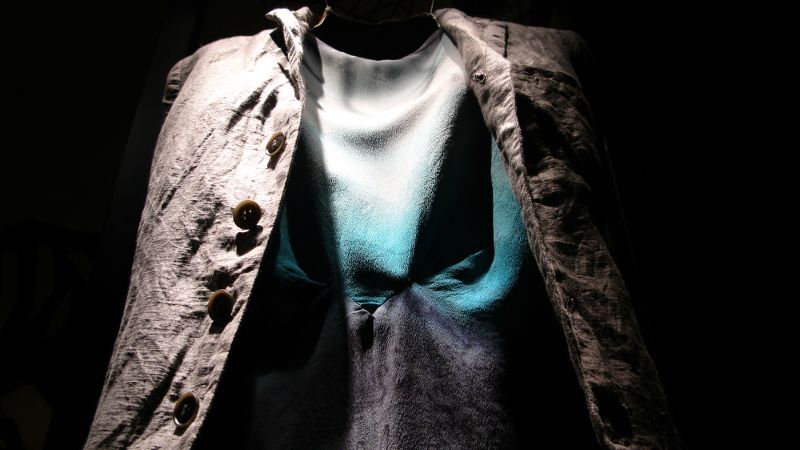
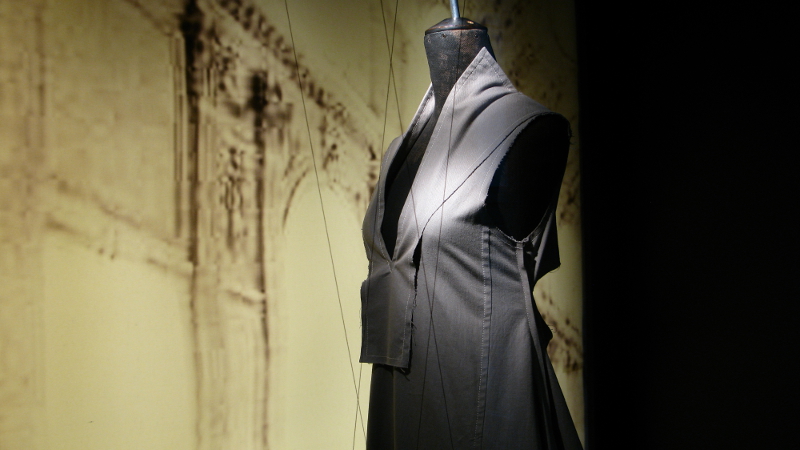
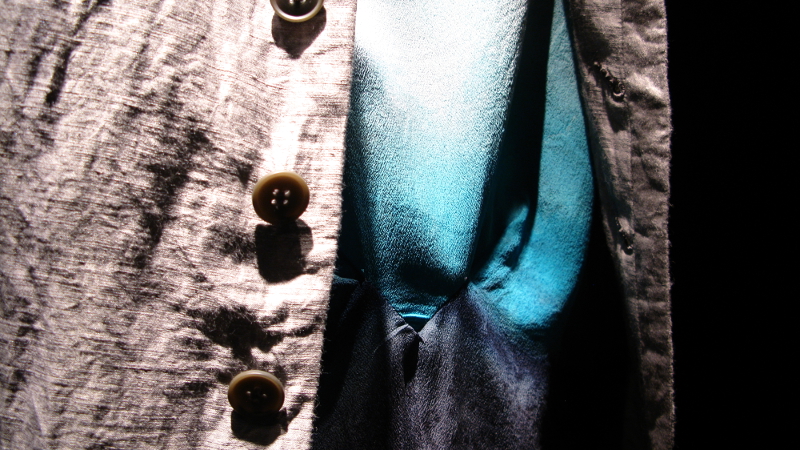
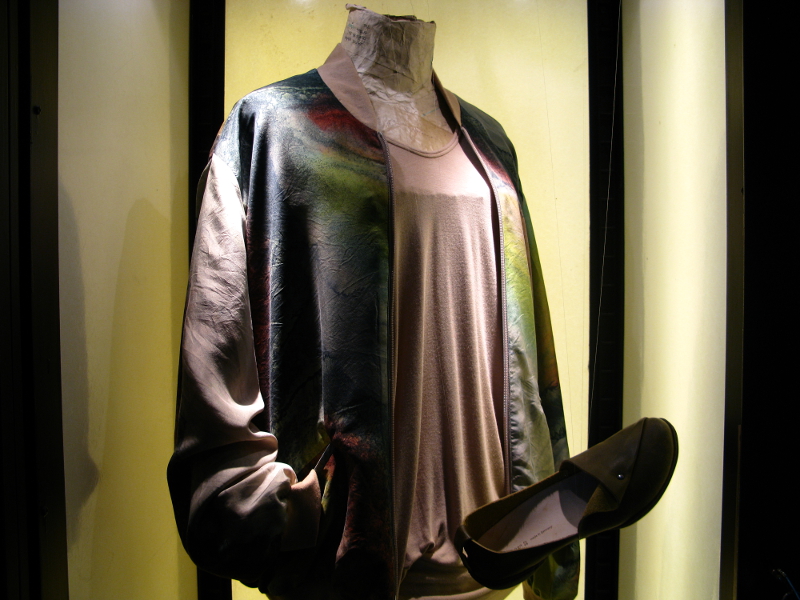


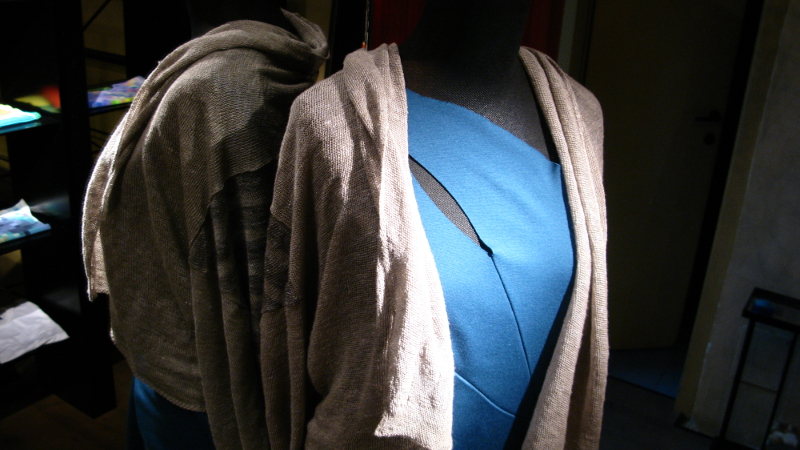

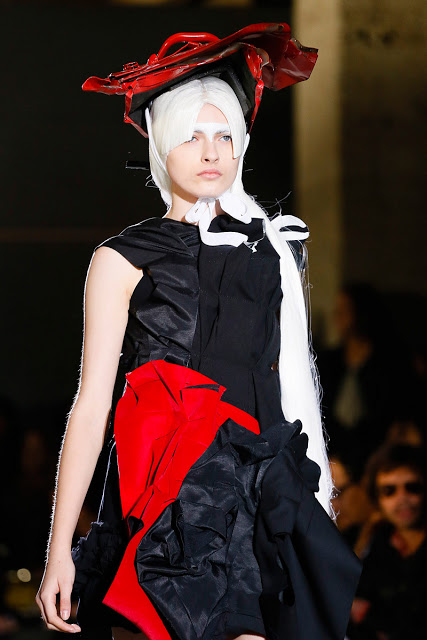
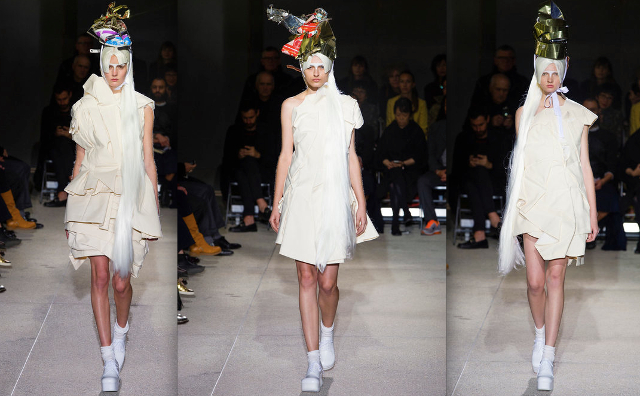
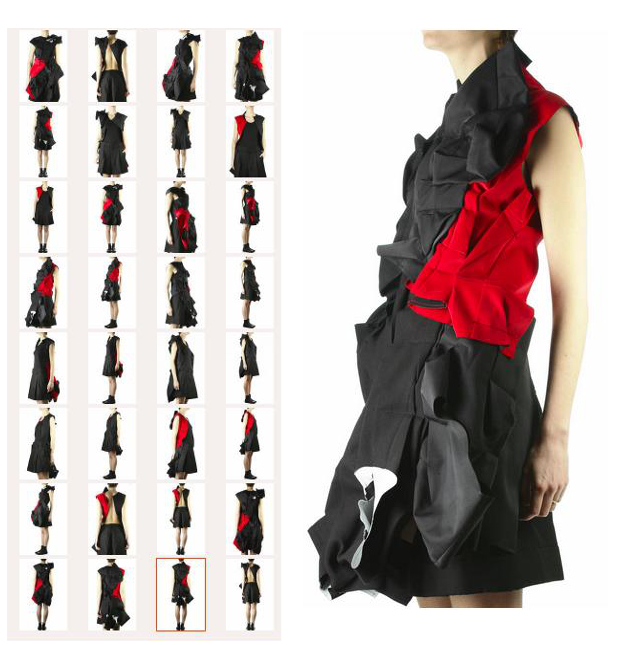



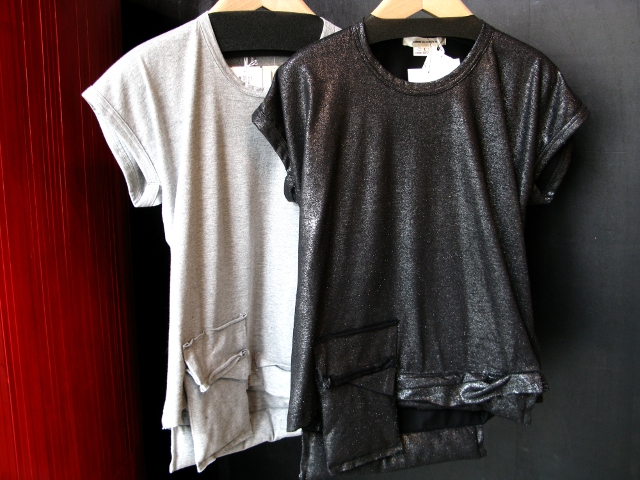
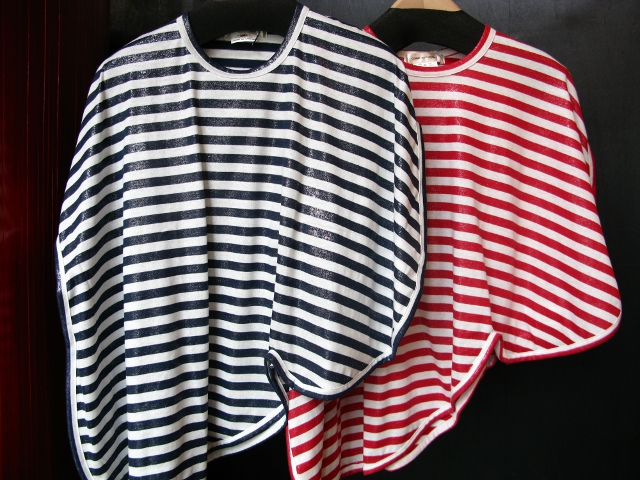
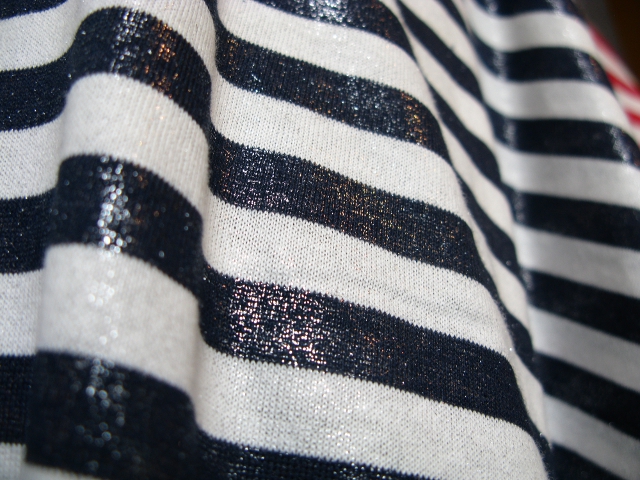
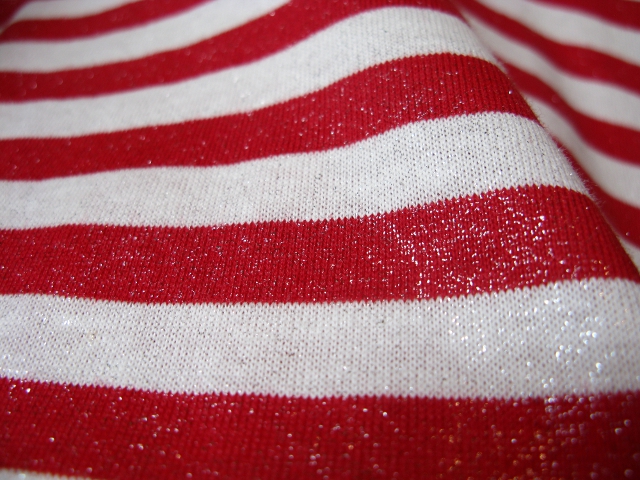

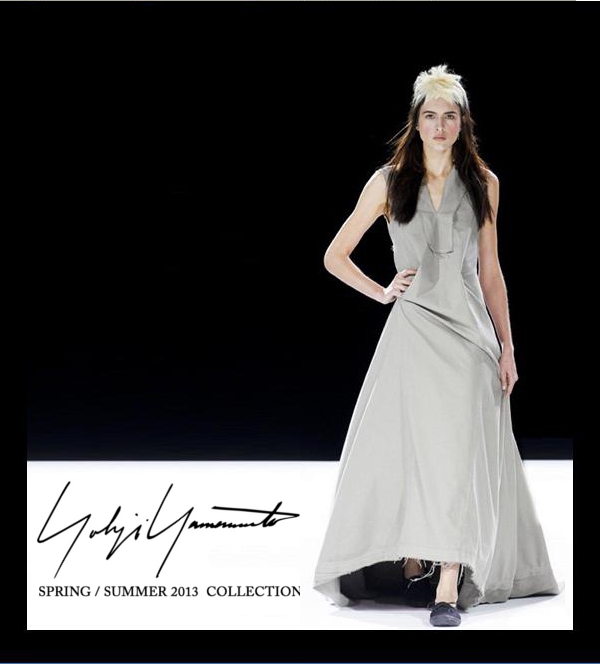
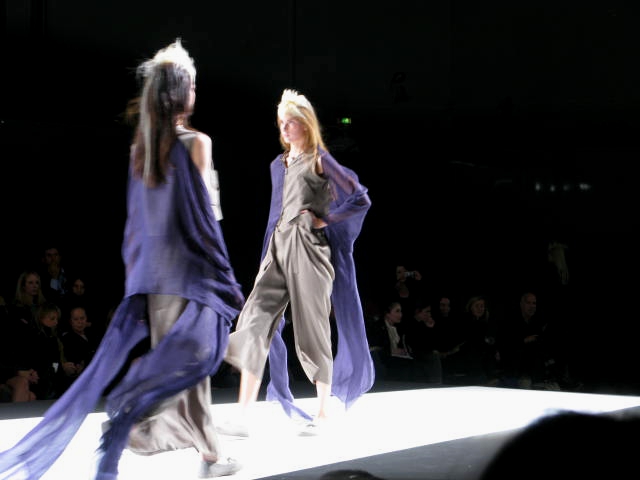
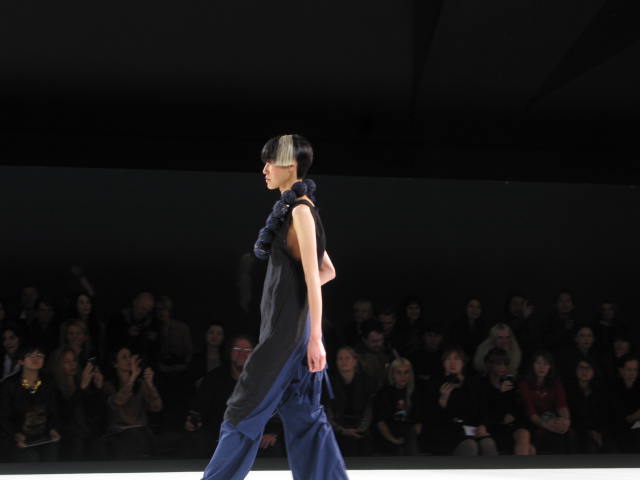
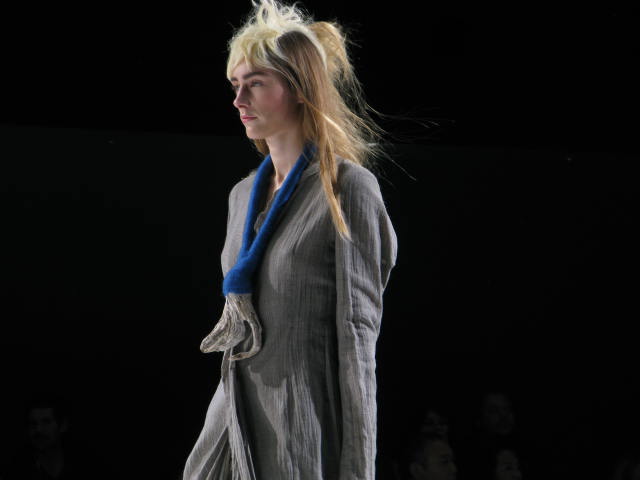
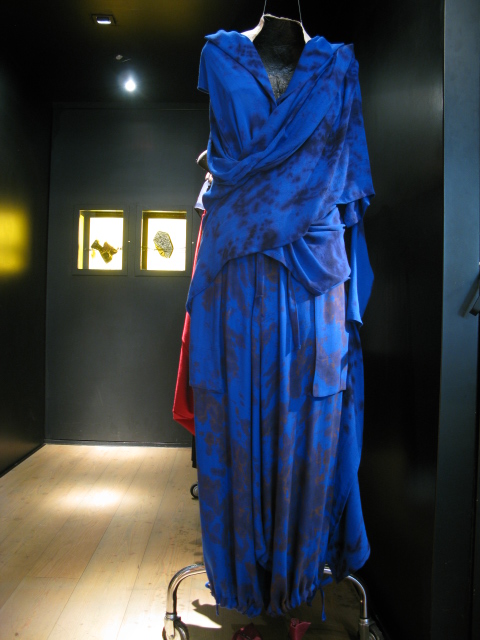
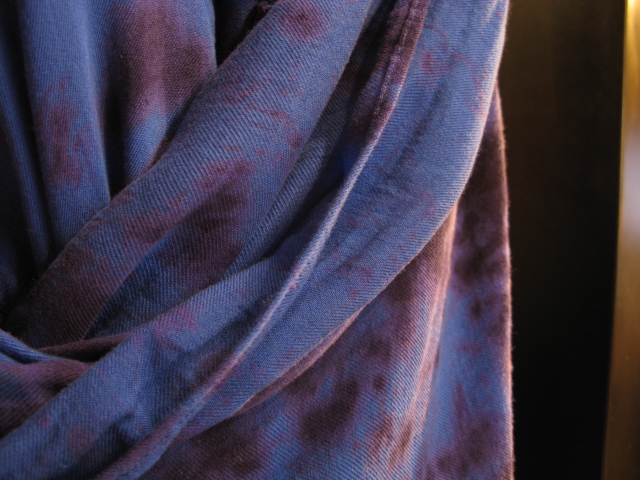
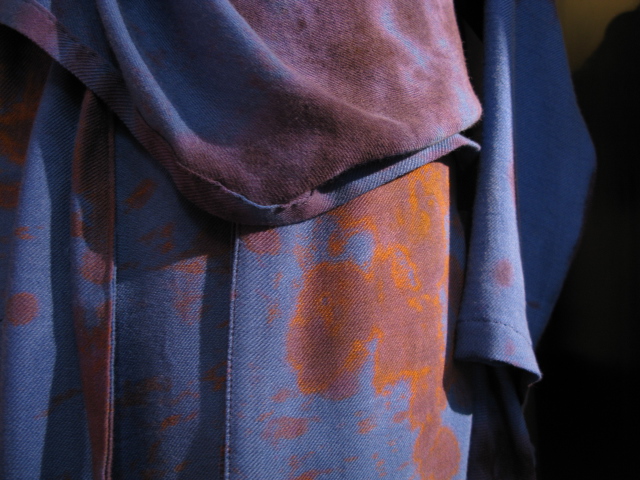

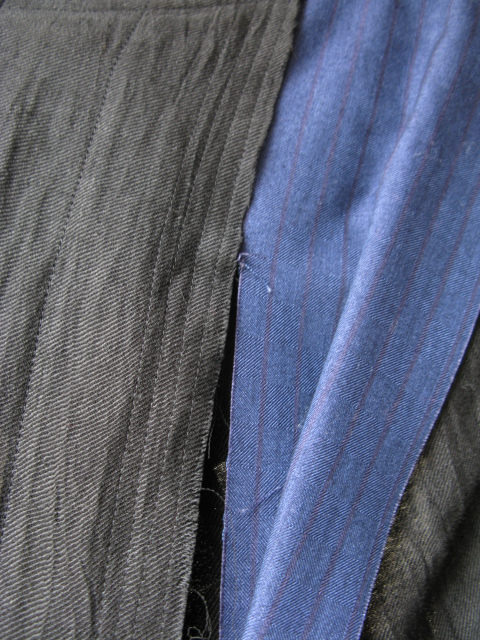
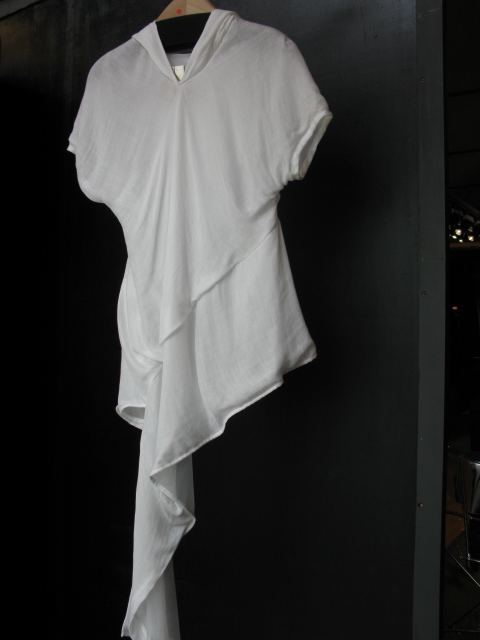
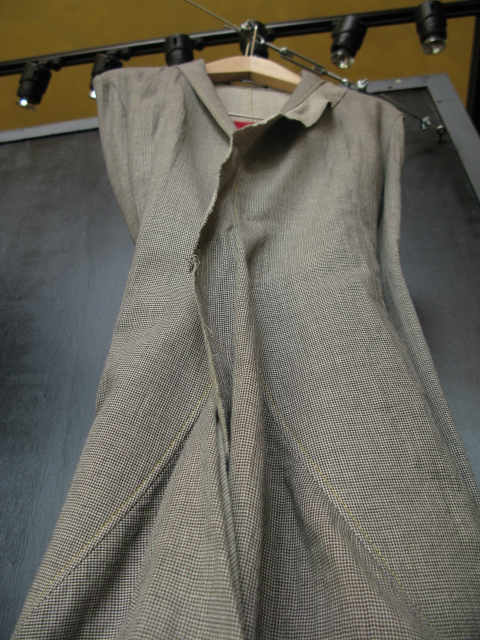
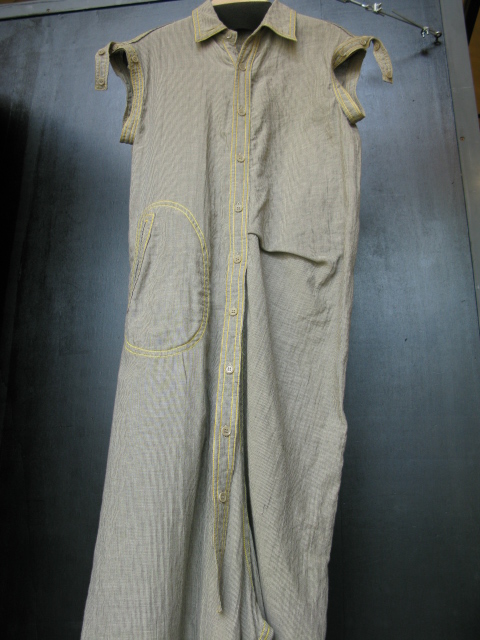
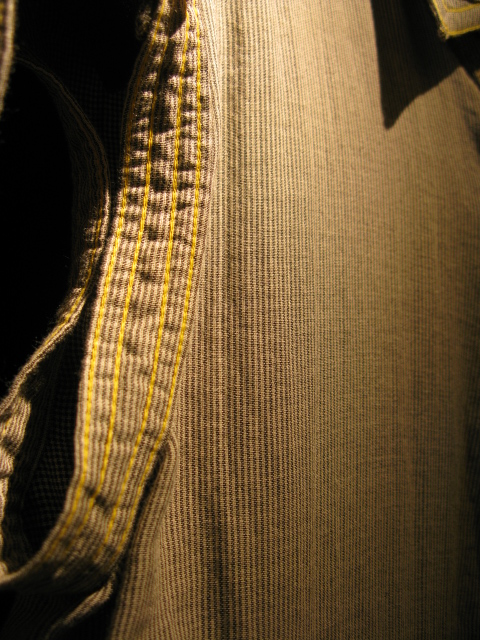
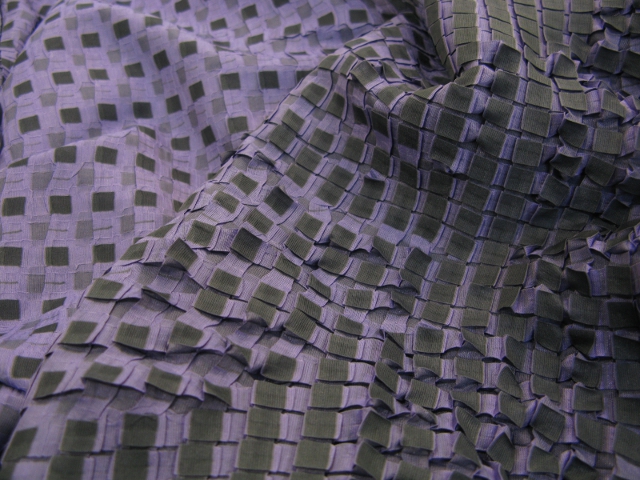
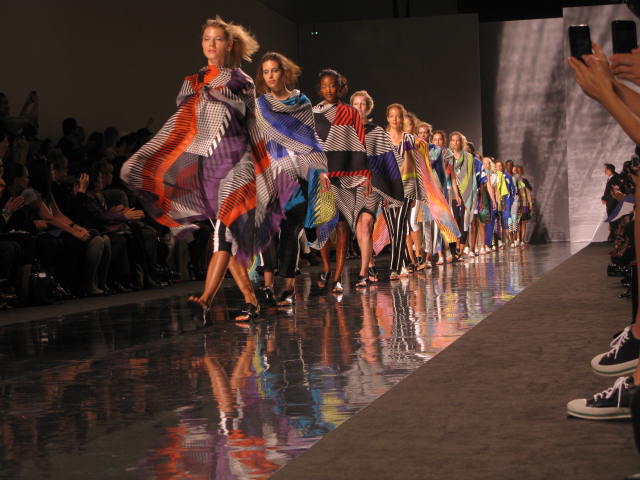
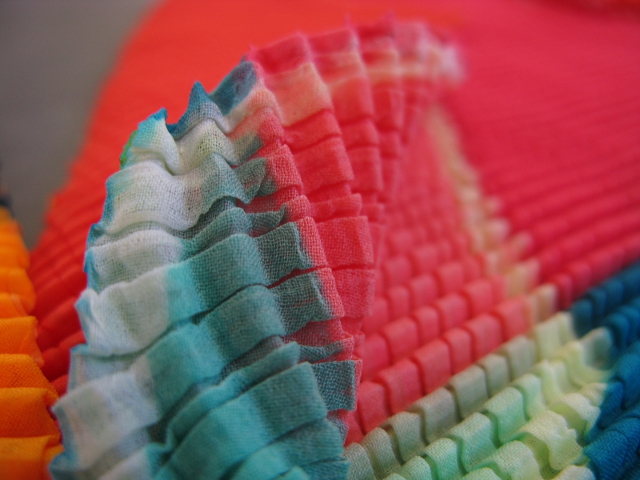
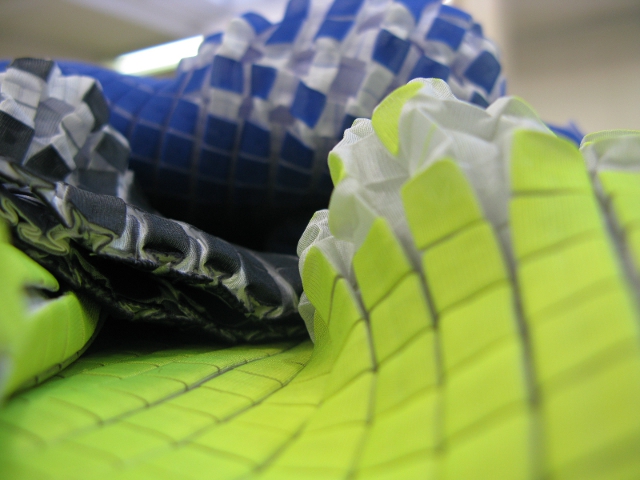
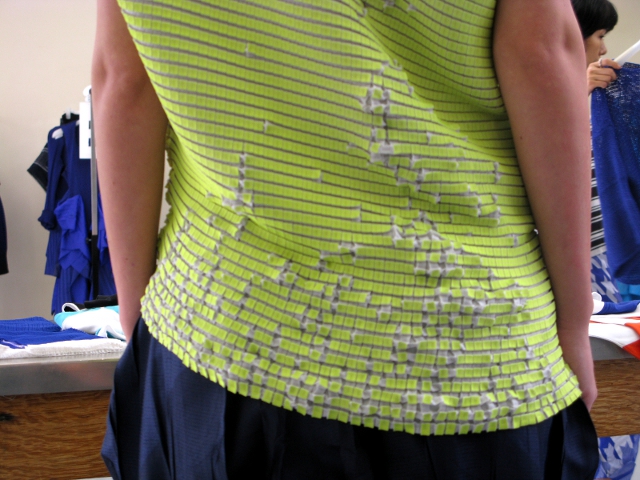
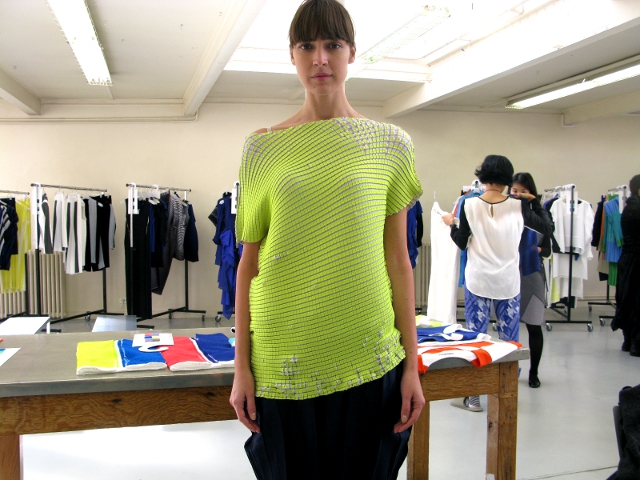

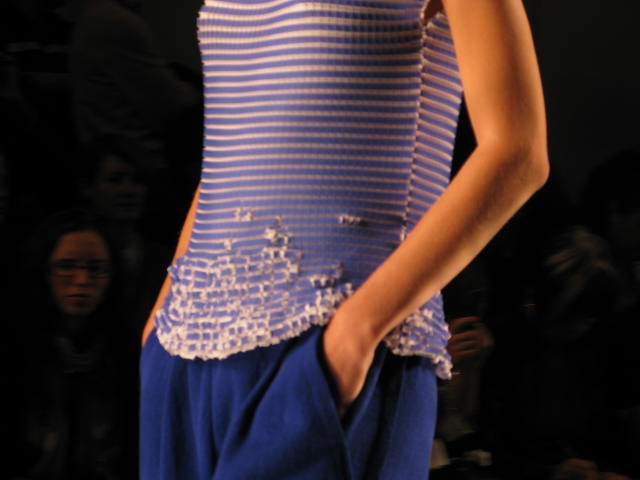

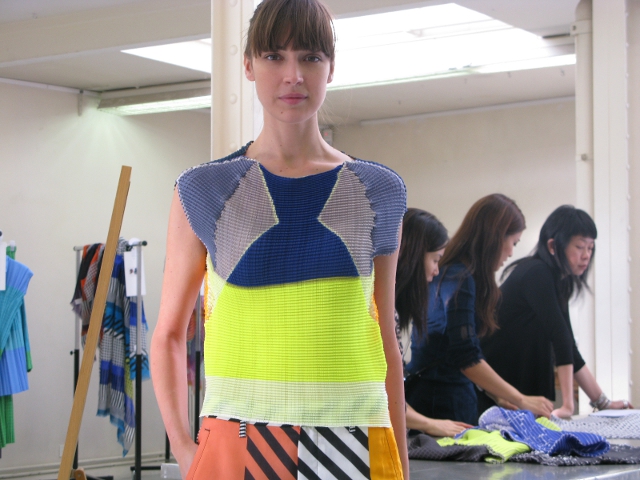
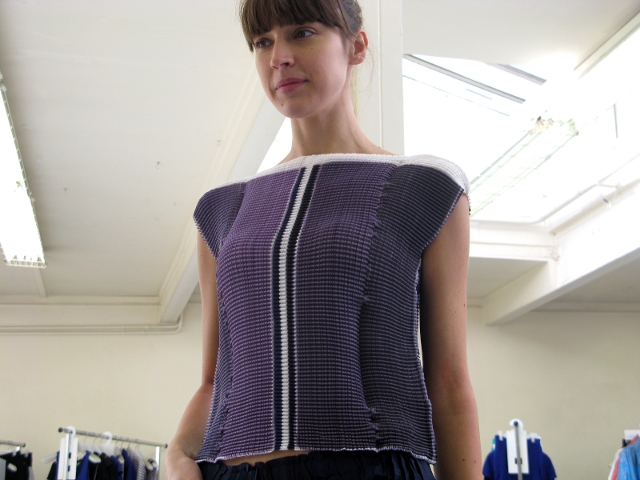

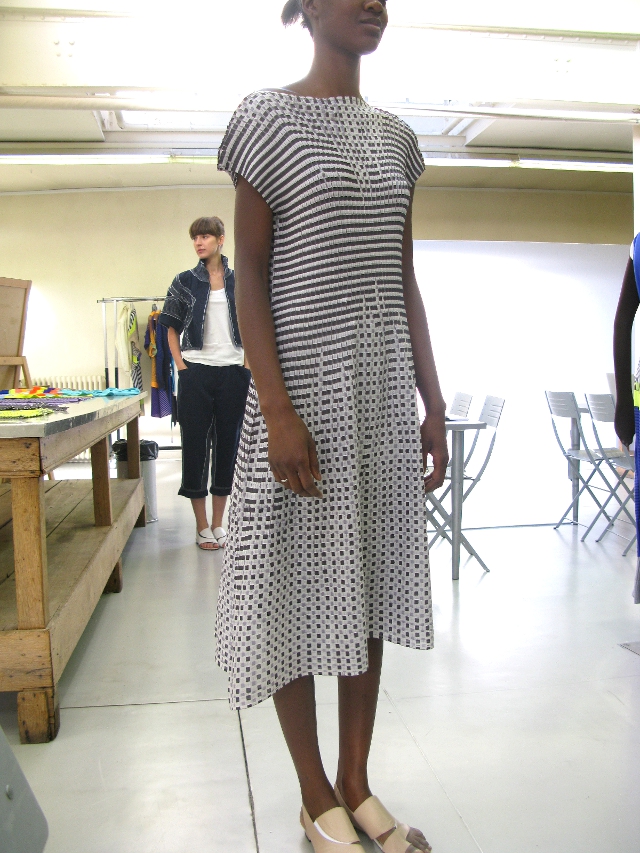
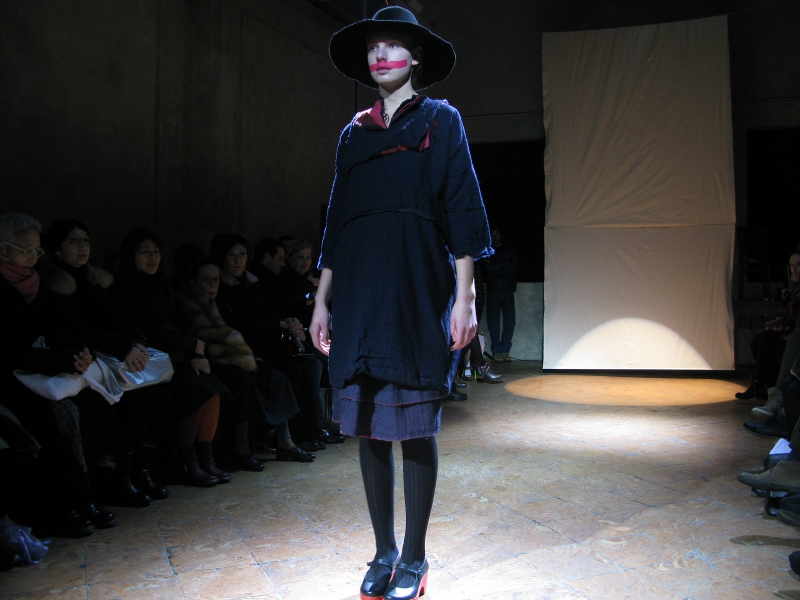

Recent Comments